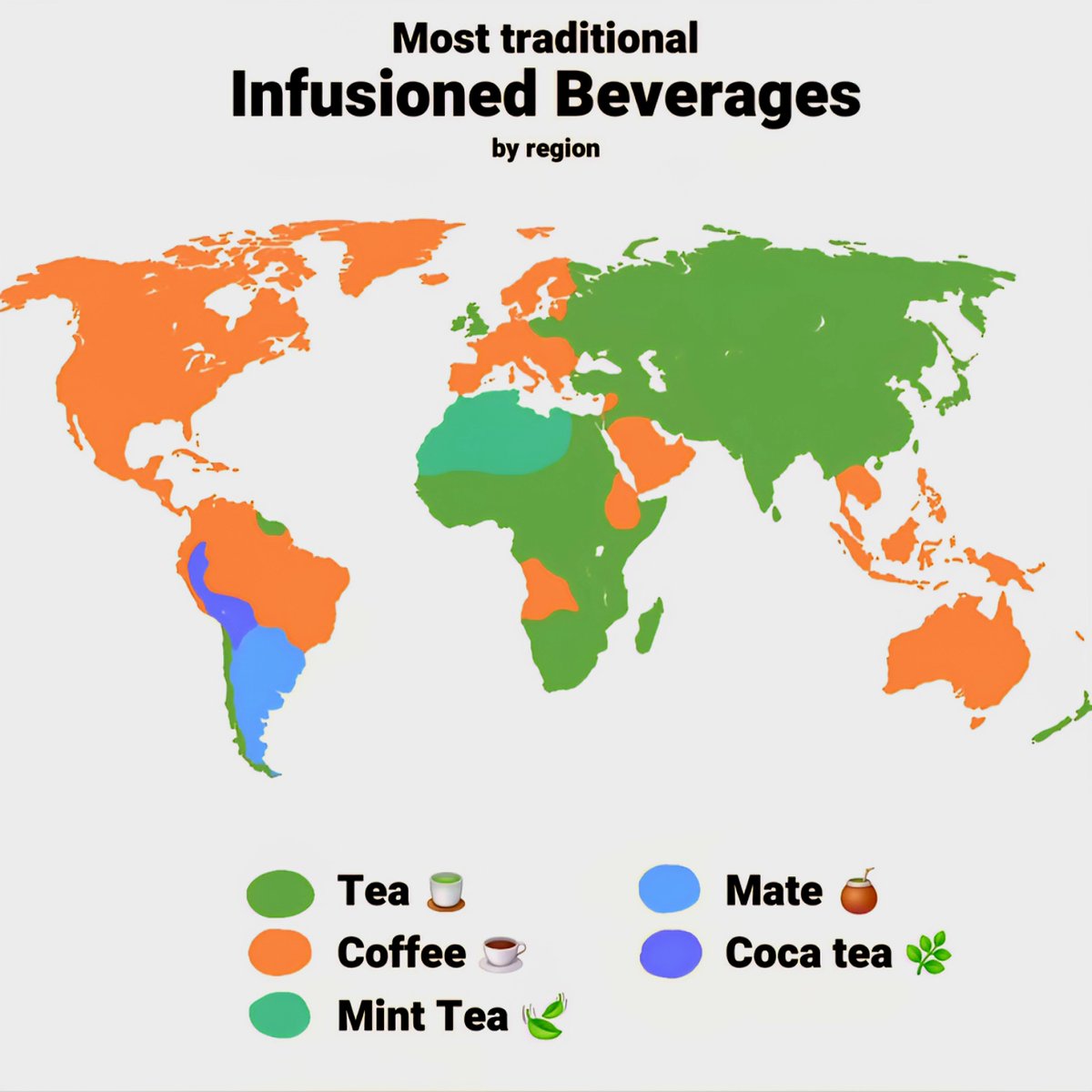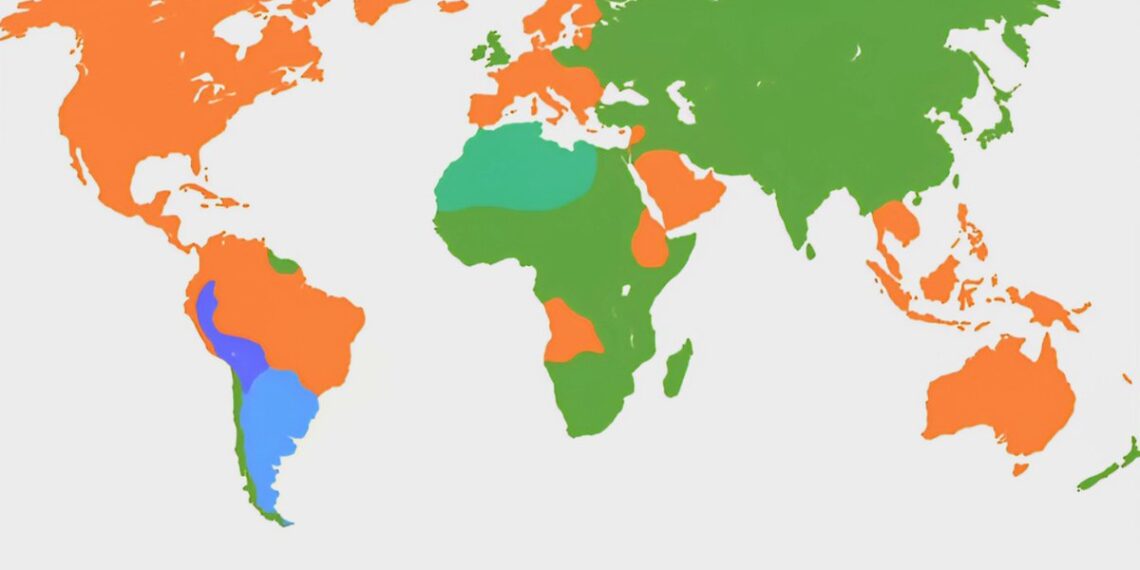Select Language:
Global Tea Traditions and Their Unique Cultural Significance
Rich Rituals of Japanese Matcha Ceremony
The Japanese tea ceremony, also known as chanoyu, is a refined art that embodies harmony, respect, purity, and tranquility. This ritual involves specific steps for preparing and serving matcha green tea, emphasizing mindfulness and aesthetic appreciation. Typically, the ceremony uses traditional tools such as a bamboo whisk (chasen), tea scoop (chashaku), and a tea bowl (chawan). Originating centuries ago, this practice symbolizes hospitality and the pursuit of spiritual balance, offering a profound experience beyond just tasting tea.
The Italian Influence of Espresso Culture
Italy’s espresso tradition is legendary, characterized by short, robust shots of highly concentrated coffee enjoyed at bustling cafes or quick stops. The preparation involves forcing hot water through finely-ground coffee beans, creating a rich, aromatic brew with a thick crema on top. Coffee bars are social hubs where Italians gather for lively conversations, making espresso an integral part of daily life. The ritual of sipping a quick shot stands as a testament to Italy’s love for bold flavors and social connection.
India’s Chai: Spiced Comfort in a Cup
In India, chai is more than just tea; it’s a comforting staple intertwined with everyday life. The traditional preparation involves boiling black tea leaves with a mixture of aromatic spices such as cardamom, cinnamon, ginger, and cloves, then adding milk and sugar. Each region has its unique twist, but the common thread is the warmth and aroma that evoke a sense of community. Chai stalls, or chaiwalas, serve as social gathering points, making the beverage an essential part of Indian culture.
Moroccan Mint Tea: A Sweet Symbol of Hospitality
Moroccan mint tea, often called Atay bi Na’na, is a symbol of hospitality and social bonding in North Africa. The preparation features green tea, fresh mint leaves, and a significant amount of sugar, creating a sweet and refreshing drink. The brewing process is ceremonial, involving pouring the tea from a height to aerate it and mixing it thoroughly. Serving this tea often involves multiple refills, fostering conversation and reinforcing relationships among friends and family.
Mexican Café de Olla: A Spiced Coffee Tradition
Originating from rural Mexico, café de olla is a traditional spiced coffee brewed with cinnamon sticks and piloncillo (unrefined cane sugar). This comforting beverage is usually prepared in a clay pot, which enhances its earthy flavor. The process involves boiling the coffee with spices for a rich, aromatic experience. It’s especially popular during festive seasons and cold mornings, reflecting Mexico’s vibrant culinary heritage.
Middle Eastern Coffee: Cardamom-Infused Brew
Coffee holds a noble place in Middle Eastern countries, often served during social visits and special occasions. The traditional method involves roasting green beans and grinding them finely, then brewing the coffee with cardamom pods. The resulting brew is strong and aromatic, served in small cups. Accompanying it with sweets like dates or Turkish delights, Middle Eastern coffee signifies warmth and generosity, serving as a centerpiece of social rituals.
Australian Flat White: Creamy Coffee with a Cultural Twist
In Australia, the flat white has become a symbol of modern coffee culture. Made with espresso and steamed milk with a velvety microfoam, this beverage offers a smooth and balanced flavor. Originating in the early 2000s, the flat white has gained worldwide popularity for its creaminess and elegance. Australians typically enjoy their flat whites at local cafés, emphasizing craftsmanship and a laid-back vibe that defines the country’s coffee scene.
Cultural Crossroads and Evolving Coffee & Tea Trends
While traditional methods continue to hold cultural value, cities across the globe are witnessing innovative blends and fusion drinks that combine elements from different traditions. From artisanal cold brews to exotic tea infusions, the landscape of global beverages continues to evolve, merging heritage with modern tastes.
Concluding Thoughts
Across continents, tea and coffee have transcended mere beverages—they are woven into the social fabric, rituals, and identities of diverse cultures. Whether it’s the meditative Japanese matcha ceremony, the lively Italian espresso tradition, or the sweet hospitality of Moroccan mint tea, each custom reflects local values and history. As 2025 ushers in new coffee and tea innovations, these traditional practices remind us of their enduring significance in fostering connection and cultural pride worldwide.







